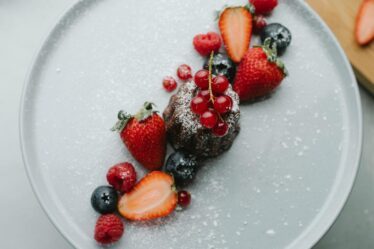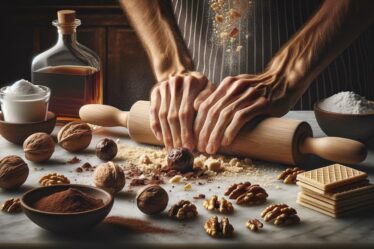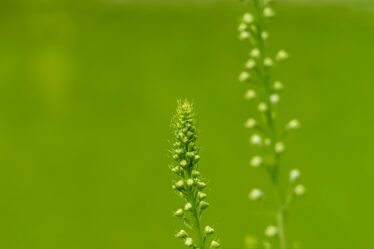
The art of baking is not merely constrained to mixing ingredients in a bowl and watching the magic unfold in an oven—it’s a culinary adventure that transports us across time and cultures. This journey is especially represented in the fruit cake, a versatile masterpiece that has graced tables for centuries, from the grand banquets of Ancient Rome to cozy Christmas dinners in Britain. The following exploration into its history, key ingredients, and techniques aims to bring us closer to understanding this timeless confection, and encourages us to breathe new life into the classic recipe with avant-garde twists.
The History of Fruit Cake
Food, one could argue, is the true marker of our collective histories and traditions, stitching across countries and time to tell tales of our ancestors.
For a culinary detective, one such tale lies in the vibrant, dense, and often maligned dessert – the fruit cake. It’s a hard sell for some, but the fruit cake has a rich cultural heritage that mirrors societies in a rather tasty and tangible way.
How magnificent it is, then, to trace its path through the annals of history!
Its very birth is one of necessity. Originating from the Roman Empire, the forerunner to our modern fruit cake was something called satura – a mixture of barley mash, pomegranate seeds, raisins, and honeyed wine. This heavy, sweet food was not so much a treat as it was a perfect solution for soldiers and hunters on the march who needed something non-perishable and energy laden.
However, the tale weaves forwards from Rome to the Middle Ages, finding its home in many a European kitchen. The British pioneered the idea of candying fruits, which extended their shelf life, and with the discovery of cheap, plentiful sugar in the colonies, this method of preservation led to an abundance of preserved fruits.
Naturally, these found their way into the cakes, and the tradition of a rich, dense cake filled to the brim with fruits and nuts became a Christmas time staple.
Today, this festive treat not only spans borders but also oceans, as an integral part of holiday traditions around the globe, from the Caribbean, where the cake is soaked in rum for months, to Japan’s Christmas Cake, a sponge cake filled with strawberries and whipped cream.
Whether it’s a cherished family tradition, a yearly indulgence or a culinary challenge to be mastered, fruit cake has an undeniable presence on the global culinary scene. It’s so much more than a holiday dessert – it’s a rich tapestry of culinary evolution and cultural expression.
One bite is a culinary adventure, telling us the story of our human journey, one fruit-filled morsel at a time.
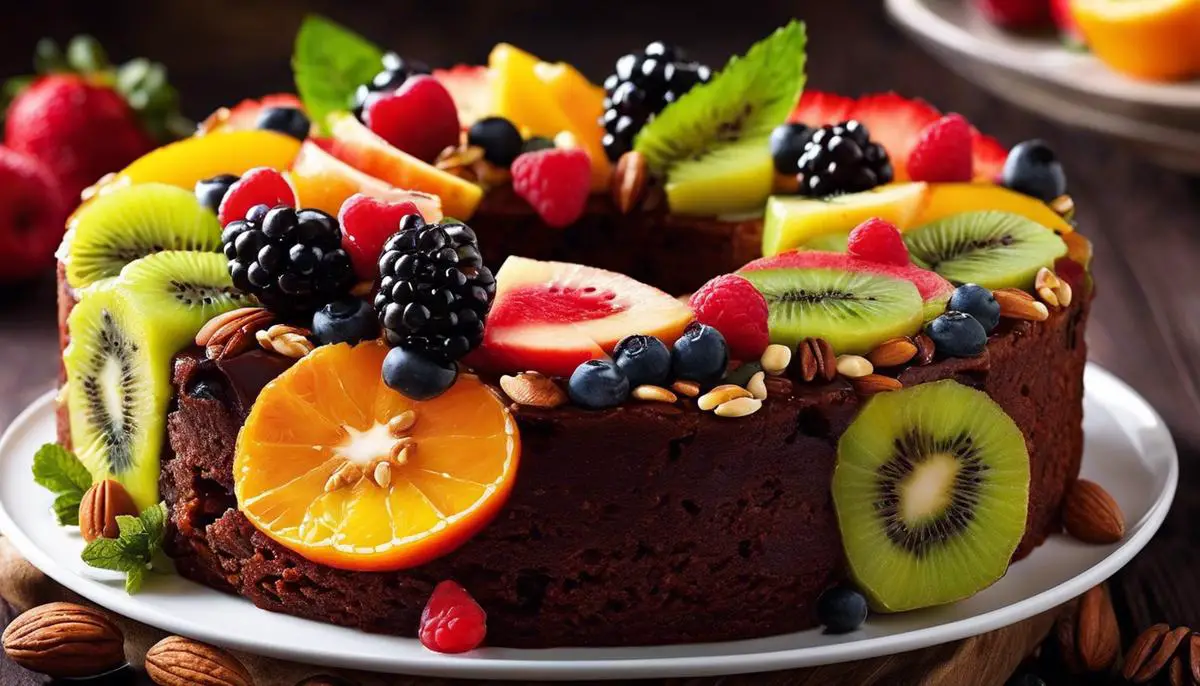
Ingredients and Techniques in Making Fruit Cake
Mastering the art of an authentic fruit cake goes far beyond following a recipe. This decadent dessert, entrenched in history and tradition, requires a delicate balance of flavors, the right ingredients, and a touch of patience. At the heart of a classic fruit cake are three key ingredients: candied fruit, nuts, and some type of alcohol, usually rum or brandy. Although the types and proportions of these ingredients can vary widely based on one’s cultural background or personal preference, their basic presence underpins the heart and soul of every authentic fruit cake.
Nuts offer the perfect textural contrast to the vibrant sweetness of the candied fruits, providing crunch and a layer of earthy complexity. Popular choices include almonds, walnuts, and pecans. Preparing the fruits, meanwhile, is an art in itself. The process involves preserving them in a high-sugar solution, intensifying their sweetness while extending their lifespan. This art carries a nod to the European Middle Ages, when candying fruits was a widely used preservation technique. As for alcohol, it’s not just for flavor; it helps to retain moisture, extend shelf life, and accentuate the rich flavor profile of the cake.
The actual preparation of an authentic fruit cake is a testament to culinary patience. As any seasoned baker will attest, fruit cake is not a dessert to be rushed. The soaking of the fruits in alcohol should begin at least a week before baking, and once baked, the cake undergoes a “maturing” process where it is regularly coated in alcohol until ready to serve. Techniques such as creaming butter and sugar, slow and careful incorporation of dry ingredients, and prolonged baking at a lower temperature are all critical. It is these meticulous techniques, combined with centuries-old ingredients, that allow us to recreate a taste of history and culture in our own kitchens. Whether we’re celebrating Christmas in the English countryside or marking a special occasion in a Caribbean household, an authentic fruit cake keeps us connected to our shared culinary past and to each other.
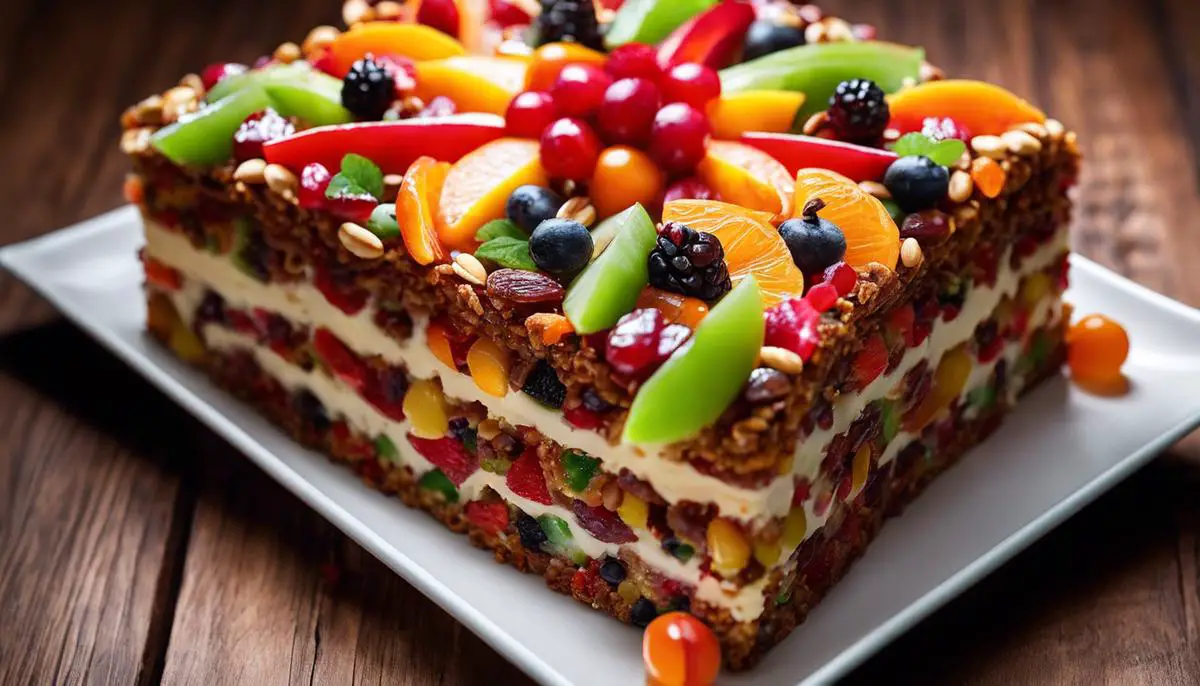
Innovating the Classic Fruit Cake
So, with all that tradition and history in your hands, how does one bring a new life to the old-world charm of a fruit cake? One of the simplest ways to toss your chef’s hat into the ring of innovation is to play with the flavor profiles. Each region, from Caribbean to Europe, has its charm encapsulated in the traditional fruit mix; why not create a fusion? Think dried tropical fruits like pineapple, papaya, or even mango, stirred in with the classic cherries and sultanas. This not only adds a new depth of flavor but an exciting color play to the cake’s appearance.
Another creative domain is the choice of alcohol. Traditionally, dark spirits like brandy, rum, or whisky are used in fruit cakes, but experimenting with different liquors can introduce a unique twist. For instance, an orange liqueur could complement a citrus-based cake beautifully, or a splash of amaretto might enhance an almond-packed offering.
When it comes to the texture, nuts are a cornerstone. But have you thought about seeds? Sunflower, pumpkin, and chia seeds could provide that all-important crunch while adding a distinct nuttiness. Alternatively, different styles of baking techniques, such as steam baking, can present a variety in texture, from moist and dense to light and tricky.
In essence, innovation with the traditional fruit cake recipe is limitless. All it requires is a fearless heart, ready to experiment with flavor combinations, textures, and baking methods. Ultimately, it’s about connecting over shared histories, infusing personal stories, and crafting a new tradition that carries forward to many more Christmases to come. An experimenter’s fruit cake is but a reflection of their love for food, curated meticulously over the period, finding the perfect blend of novelty embedded in tradition. Enjoy this flavorful journey!
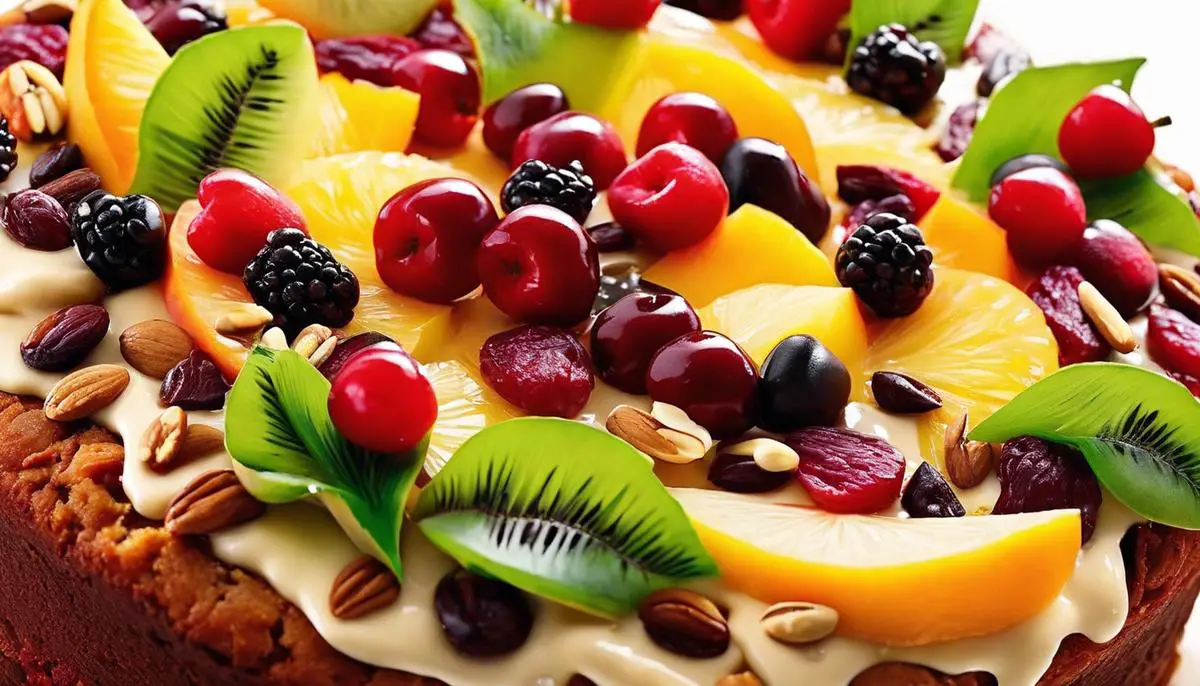
As we immerse ourselves in the creation of fruit cake, we are not only indulging in a sensory delight, but also participating in a rich culinary tradition that bridges cultures and eras. By mastering the essentials of fruit cake preparation and daring to innovate, we contribute to the ongoing evolution of this beloved dish. This journey into the heart of fruit cake surely leaves us marvelling at how a simple confection can embody such history, complexity, and potential for creativity. Engage your imagination, don’t fret about breaking rules and embark on this rewarding journey to rediscover the joy and artistry in baking.

